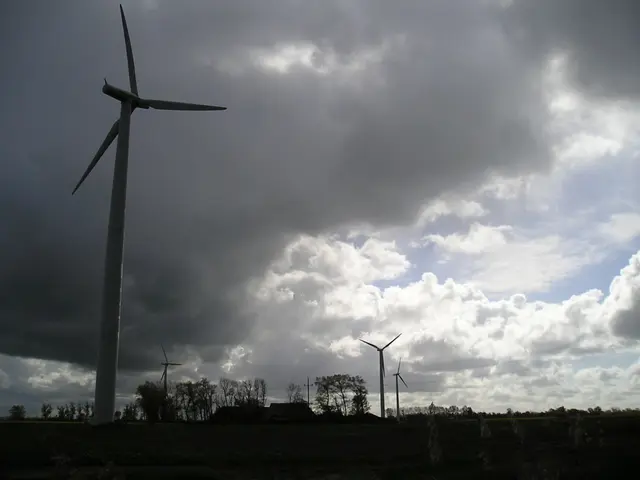Lessons from Trump's Trade Agreement with Europe: Insights to Glean
The European Union and the United States have reached an agreement to avoid a potential trade war, following threats by the US to impose 30% tariffs. This agreement, however, has raised questions about Europe's commitment to countering President Trump's protectionist policies.
Under the terms of the agreement, tariffs on automobile exports from Europe will decrease from the previous 27.5%, providing relief to a struggling sector. American importers (and consumers) are likely to bear the highest cost, as they will now face reduced tariffs on goods from the EU.
The agreement largely satisfies Trump's demands, but Europe aims to deter the US from making unilateral demands on certain categories and maintain a protected area of low transatlantic customs duties. The EU has agreed to grant duty-free access to American products in the single market, a move that could potentially harm European businesses.
The 15% tariff on EU exports to the US is lower than the 30% previously threatened and substantially lower than those of most other countries. However, the EU fears possible repercussions and seeks a credible countermeasure to safeguard the positive aspects of the agreement and achieve more favorable conditions for the future.
Europe advocates for a system with zero reciprocal tariffs on chemicals, aerospace, and semiconductors, and the lowest possible tariff on pharmaceuticals. The European Commission, which represented the EU in the negotiations, and the US have agreed to maintain a system of zero reciprocal tariffs specifically for these strategic sectors.
Ursula von der Leyen, the President of the European Commission, visited President Donald Trump at his resort in Scotland to accept the trade agreement with the US. Despite the agreement's flaws, various ECFR publications suggest that Europeans should have adopted a tougher stance against Trump to secure a better deal.
The EU, historically a champion of free trade, has accepted these tariffs as the new normal in trade relations with the US. The stability achieved by the current agreement appears precarious due to Trump's reputation for not keeping his word. The EU must pay a price of 15% tariff on most exported goods and political humiliation to avoid a trade war.
Despite these challenges, the agreement with the US has several positive economic aspects for Europe. The EU must now navigate this new trade landscape while seeking ways to protect its industries and secure more favorable terms for the future.








